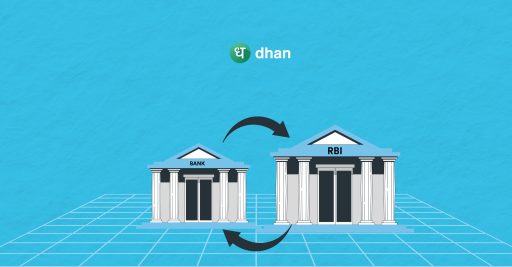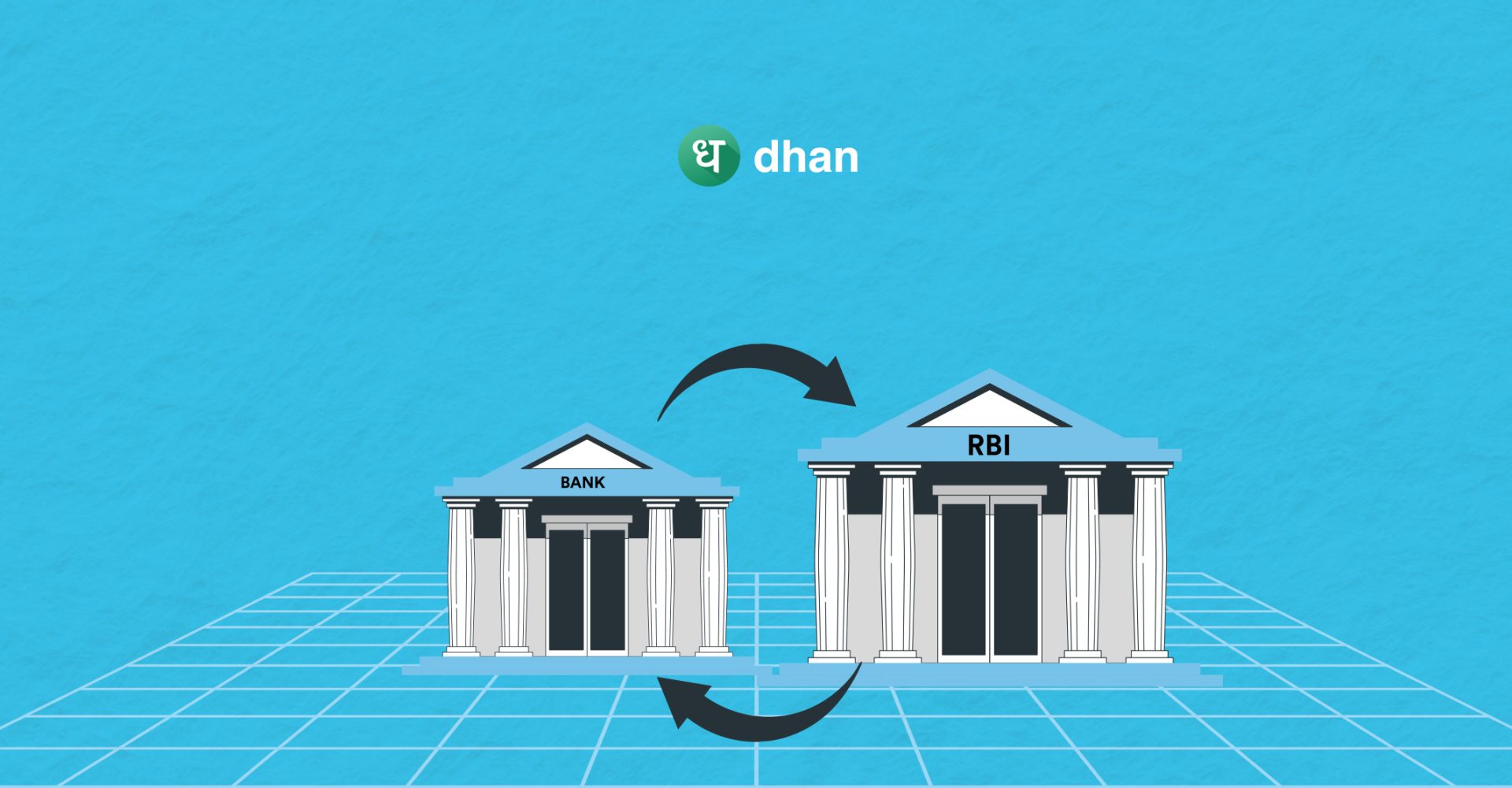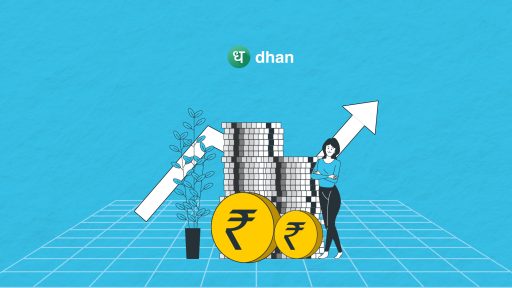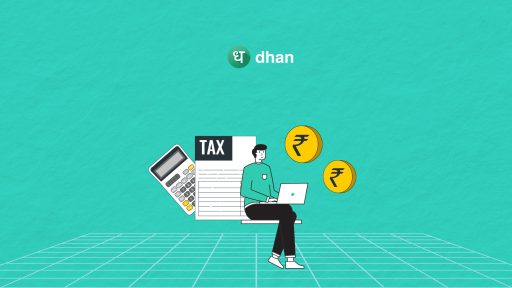Monetary policy has a significant impact on interest rates, inflation, and overall economic stability.
The Repo Rate and Reverse Repo Rate are two fundamental instruments used by central banks to implement monetary policy.
These rates ensure that the market’s money supply is appropriate and sufficient, and it can also impact your online stock trading strategies.
In this article, we will look into the concepts of repo rate and reverse rate, their key differences and their impact on financial markets.
What is Repo Rate?
The term “Repo” refers to a repurchase agreement. When commercial banks run out of funds, they turn to the RBI for help.
The repo rate is the interest rate at which the central bank loans money to commercial banks in exchange for eligible securities.
The repo rate is the price of borrowing for banks and is an important instrument for the central bank in controlling the money supply in the economy.
What is the Reverse Repo Rate?
The reverse repo rate is exactly the contrary of the repo rate. It is the interest rate at which the central bank borrows funds from commercial banks by selling securities.
In other words, if commercial banks have extra cash that they want to earn interest on, they might enter into a reverse repo agreement with the RBI.
The central bank can influence market liquidity through modifications to the reverse repo rate.
Difference Between Repo Rate and Reverse Repo Rate
The repo rate and reverse repo rate are both important tools in a central bank’s monetary policy instruments, but they work in opposite directions and have different functions. Let’s look at the main differences between them:
Purpose
The basic objective of the repo rate is to regulate liquidity in the financial sector, Influence the money supply, and control inflation.
The central bank uses the reverse repo rate to absorb excess liquidity from the market.
Lender & Borrower
In the case of the repo rate, the Central Bank serves as a lender, lending money to commercial banks.
While in reverse repo rate, the roles are reversed, with the Central Bank becoming the borrower.
Risk
The repo rate carries a higher risk for the central bank because it includes lending money to banks.
In opposition, the reverse repo rate carries less risk because it involves borrowing money from banks, which is considered secure.
Rate of Interest
Repo rates carry a higher interest rate than reverse repo rates. While reverse repo rates comparatively have a lower interest rate.
Impact on Economy
A higher repo rate increases the cost of borrowing for banks, resulting in higher interest rates and so helping to control inflation.
A higher reverse repo rate encourages banks to deposit funds with the Central Bank, lowering the overall money supply and reducing the risks of inflation.
How Do These Rates Impact the Economy?
Repo rate changes directly impact the cost of borrowing, especially for commercial banks.
A rise in the repo rate raises borrowing costs, resulting in higher interest rates for businesses and consumers.
Higher repo rates can help to control inflation by lowering the money supply and preventing excessive borrowing and consumption.
On the other hand, a decrease in the repo rate may result in lower interest rates on loans, boosting consumption and investment.
This may eventually lead to economic growth.
In contrast, reverse repo rates can be used when there is excessive inflation due to extra liquidity in the economy.
Higher reverse repo rates could push banks to deposit more funds with the central bank, as they offer higher interest rates than other investments.
When the central bank increases the reverse repo rate, banks are encouraged to deposit excess cash with the central bank, limiting total market liquidity.
This helps to keep inflation under control. When the rate is low, banks will invest their funds in more lucrative areas than simply depositing them with the RBI.
There is also a relation between the repo rate and reverse repo rate.
A change in one rate might have an impact on the other rate and the entire liquidity in the economy, thus the central bank needs to carefully analyze its monetary policy objectives before modifying the rates.
Current Repo Rate and Reverse Repo Rate
The Reserve Bank of India decides the current repo rate and reverse repo rate every quarter after conferring with the government and taking into account real-time data.
You need to check the repo rate history to know its overall impact.
They change these rates in response to changing macroeconomic circumstances.
When the RBI modifies interest rates, it affects all sectors of the economy. Several areas benefit from the rate hike, while others may suffer losses.
As of now, the current repo rate is 6.50% and the reverse repo rate is 3.35%.
By the way, if you want to know more about repo and reverse repo rates in real-time, you can check out the news section on Dhan!
Conclusion
The repo rate and reverse repo rate are essential elements of a central bank’s monetary policy execution.
These interest rates allow the central bank to guide and modify the economy’s direction, providing a healthy balance of growth and stability.
You can make more informed financial decisions in an ever-changing financial environment if you understand how these rates relate to each other.
Like this, then you’ll love:




